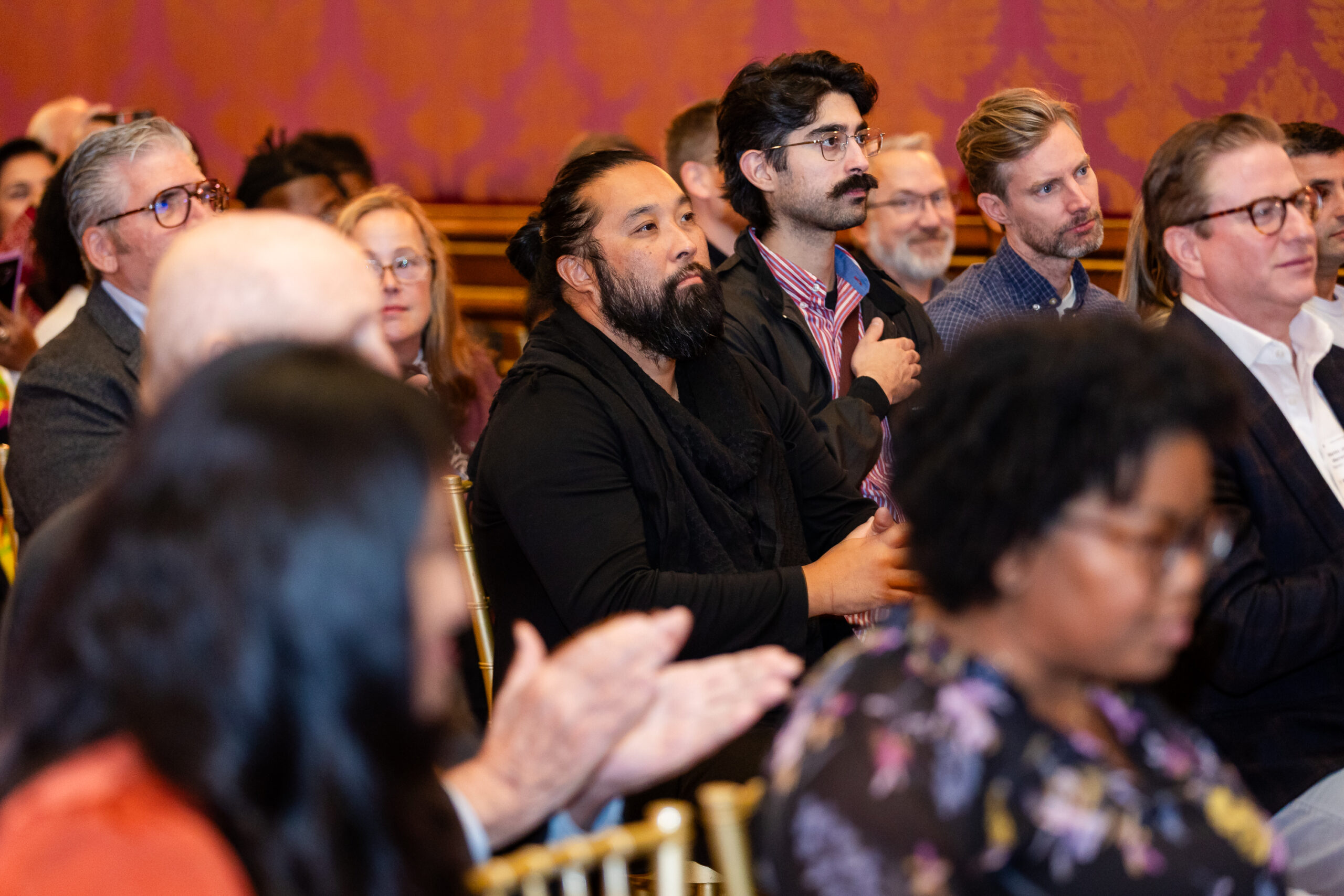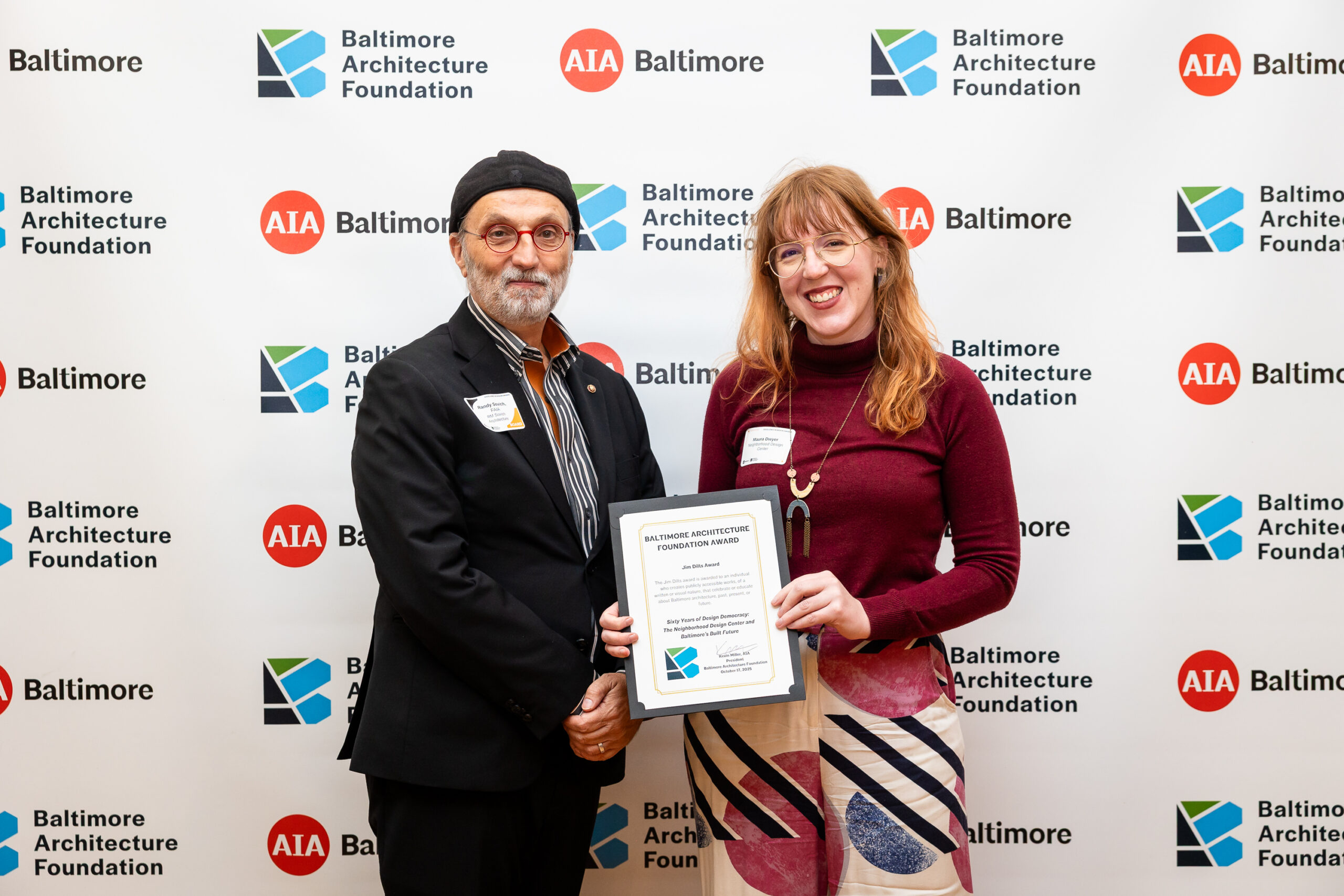Past Winners
Roger D. Redden Award
2008 Walter Schamu, FAIA
2009 John McGrain
2010 James T. Wollon, AIA
2011 Elizabeth Evitts Dickinson
2012 M. Jay Brodie
2013 Fred Lazarus
2014 Larry Peterson
2015 Dan Rodricks
2016 Jillian Storms, AIA
2017 Kathleen Kotarba
2018 Dr. Lance Humphries
2019 Rebecca Hoffberger
2020 Mary Ellen Hayward
2021 Johns Hopkins
2022 Chelsea Thomas
2023 Mark Sissman
2024 Klaus Philipsen
Golden Griffin Award
1996 Nationsbank
1997 Maryland Institute College of Art
1998 Phoebe Stanton
1999 Baltimore Sun (Ed Gunts)
2000 Baltimore Heritage
2001 Preservation Maryland
2002 Struever Bros. Eccles, & Rouse
2003 Charles Brickbauer
2004 Jim Dilts
2005 Live Baltimore
2006 John Dorsey
2007 Walter Sondheim, Jr
2008 Whiting Turner
2009 The Engineering Society of Baltimore
2010 Gutierrez Studios
2011 Jubilee Baltimore
2012 University of Baltimore
2013 Seawall Development
2014 Chesapeake Shakespeare Theater
2015 Mt. Vernon Place Conservancy
2016 Parks & People Foundation
2017 Baltimore Arts Realty Corp
2018 Morgan State University
2019 Enoch Pratt Library
2020 Neighborhood Design Center
2021 The National Aquarium
2022 Poppleton Now!
2023 CivicWorks
2024 Black Women Build Baltimore
Jim Dilts Award
2019 Lance Humphries
2021 Leon Bridges
2022 Charlie Brickbauer
2024 Nick Redding and PreserveCast








